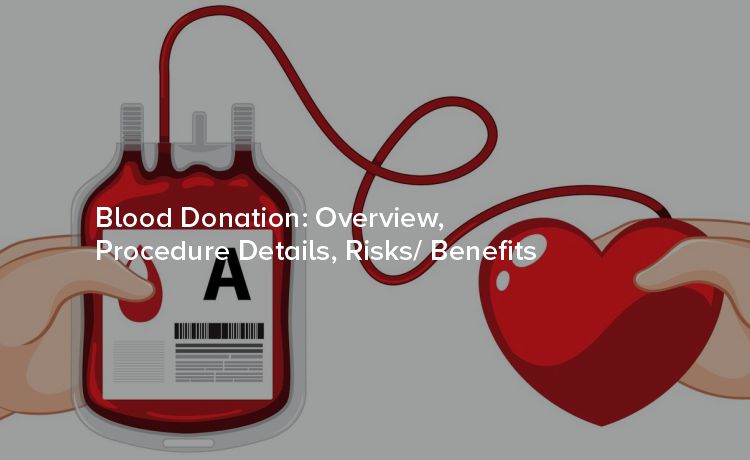
Blood donation is a critical act of compassion that can save lives. However, many people are still unaware of the nuances involved in the process, the benefits, and the potential risks.
Blood donation involves voluntarily giving blood to be used for transfusions or medical research. Donated blood can be separated into various components such as red blood cells, plasma, and platelets to treat different medical conditions. One donation can potentially save multiple lives, making it an invaluable resource in healthcare.
Whole Blood Donation: This is the most common type, where donors give approximately one pint of whole blood.
Platelet Donation (Apheresis): Platelets are collected while the rest of the blood components are returned to the donor. Platelets are crucial for cancer treatments and surgeries.
Plasma Donation (Apheresis): Plasma, which is the liquid part of the blood, is separated and collected. Plasma is often used for patients with clotting disorders.
Eligibility Criteria
Before you donate, you must meet certain eligibility criteria:
Age: Most blood centers require donors to be at least 18 years old.
Weight: Typically, you must weigh at least 110 pounds (>55kgs).
Health: You should be in good general health and feel well on the day of donation.
Medical History: Some medical conditions, medications, or travel history may temporarily or permanently disqualify you to donate blood.
Registration: You'll fill out a form with basic information and present identification.
Health Screening: A quick physical exam will check your blood pressure, pulse, and hemoglobin levels. You’ll also answer questions about your medical history and lifestyle.
Consent: You’ll read information about the donation process and sign a consent form.
Preparation: Your arm will be cleaned with an antiseptic to prevent infection.
Needle Insertion: A sterile needle is inserted into a vein in your arm to collect the blood.
Collection: The collection process typically takes 8-10 minutes for whole blood. For platelet or plasma donation, it may take up to 2 - 3 hours.
Completion: After the required amount of blood is collected, the needle is removed, and a bandage is applied.
Rest: You'll be advised to rest for 15 minutes and have some refreshments.
Hydration: Drink plenty of fluids to replenish lost fluids for next 24hrs after blood donation.
Avoid Strenuous Activity: For the rest of the day, avoid heavy lifting or vigorous exercise.
Risks Alcohol and smoking: Advised to avoid smoking for next 4hrs after blood donation and avoid alcohol consumption in next 24hrs after blood donation.
While blood donation is generally safe, there are some potential risks: experienced by very few percentage of donors.
Dizziness and Fainting: Some people may experience light-headedness or faint.
Bruising: Minor bruising or soreness at the needle site can occur.
Iron Deficiency: Frequent donors should monitor their iron levels to avoid deficiency. (Hence it is advised to follow the frequency of every 3 months to maintain iron levels)
The benefits of blood donation far outweigh the risks:
Save Lives: One donation can save up to three lives.
Health Benefits for Donors: Regular blood donation can help maintain healthy iron levels, reduce the risk of heart disease, and provide a free mini-physical.
Emotional Satisfaction: Knowing that you've helped someone in need can provide a significant emotional boost.
Find a Donation Centre
Blood donation centers are usually operated by organizations like the American Red Cross, local hospitals, or specialized blood centers. You can find the nearest donation center by visiting their websites or using mobile apps.
Organize a Blood Drive
Consider organizing a blood drive at your workplace, community center, or colleges / educational Institutions. Many blood donation organizations provide resources and support to help you coordinate the event.
Spread Awareness
Use your social media platforms to spread awareness about the importance of blood donation. Share your personal experiences and encourage friends and family to donate.
Blood donation is a simple yet powerful way to make a difference in the world. By understanding the process, recognizing the benefits, and being aware of the risks, you can make an informed decision to become a donor. Your contribution can save lives and improve the health and well-being of countless individuals.